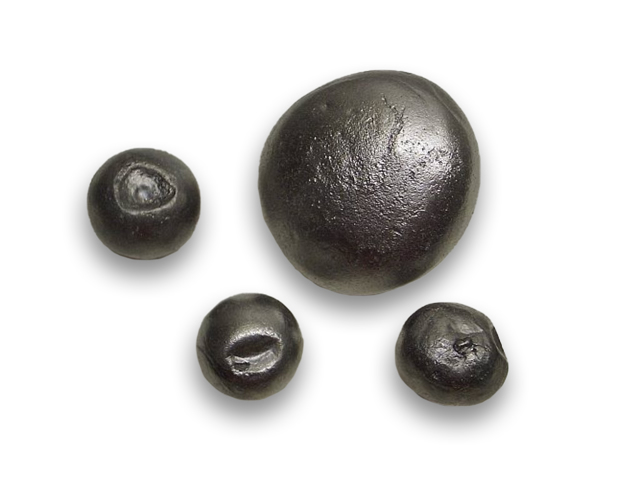Alloys brass instruments
Of what material is a trumpet or flugelhorn made? Each type of instrument is made from different materials and material compositions (alloys). Below, we explain what these compositions consist of and what kinds of sounds they produce.
Brass
Brass is the most common material in instrument making. The sound is bright and brilliant at all dynamic levels. It has a good core and projection. This alloy could be described as the standard material choice. Brass is a good all-round choice that sounds fantastic in all music styles.

Gold brass/Rose brass
Gold brass has a higher percentage of copper than standard brass, which gives it the reddish-yellow color. This material is softer than brass. The sound of gold brass is warmer and fuller. For many, it is a good mix of warmth and projection. Gold brass adds depth to the sound, making it smooth, deep, and dark. This material is suitable for the jazz soloist, the all-round artist, and the classical soloist.
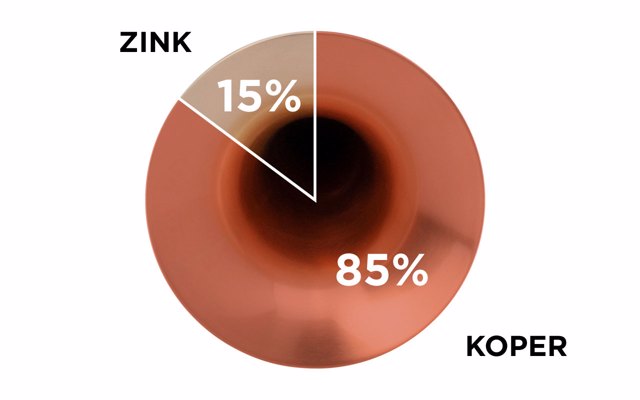
Red brass
Red brass has an even higher percentage of copper than gold brass. Therefore, this alloy also has a redder color than gold brass. The sound is even warmer and fuller, but it will project less well. It is an ideal choice for a soloist looking for the richest, warmest, thickest sound.
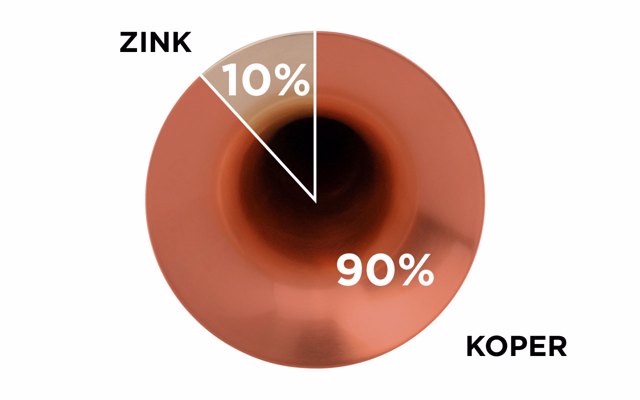
Copper
This bell material is not often used. Because pure copper is a very soft metal, it is difficult to make a bell from it, and a copper bell is also very susceptible to damage. Copper gives the instrument a softer sound. You get a pure, rich, warm, and smooth sound.
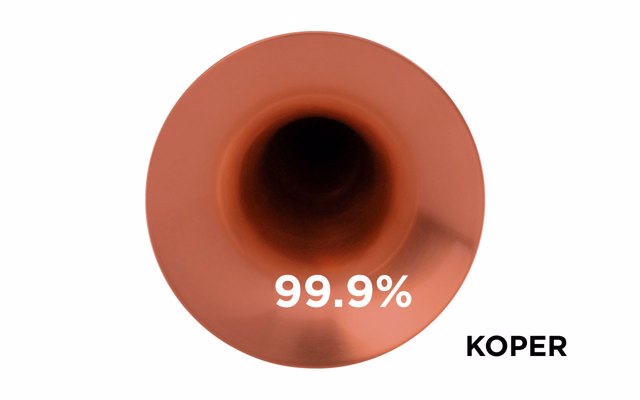
Nickel silver/German silver
The name of this metal is misleading. Nickel silver or German silver does not contain any silver at all. It is an alloy of copper, zinc, and nickel. Nickel silver is usually used for the mechanics of clarinets, oboes, and flutes. Because nickel silver is lighter than brass, it is also used to make lightweight trombone slides. The sound of nickel silver is bright and powerful. Additionally, nickel silver rusts much less quickly than brass.
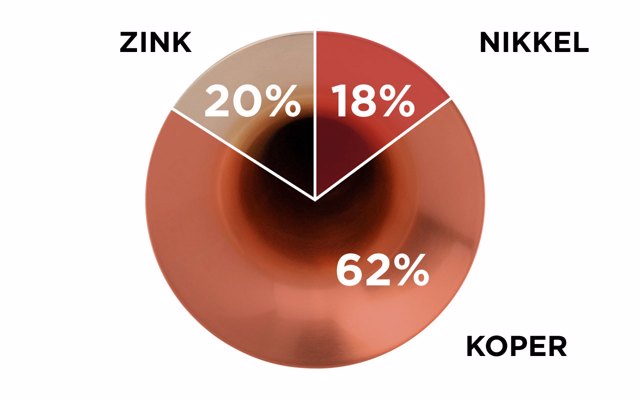
Sterling Silver
Sterling silver is a very versatile material but also much more dependent on the individual's specific skill level. Therefore, this option is only recommended for the serious amateur or professional. The sound of this material is darker and thicker when playing at soft to medium volumes. When you let loose, the higher overtones are much more present, resulting in a beautiful sound with great "brilliance."
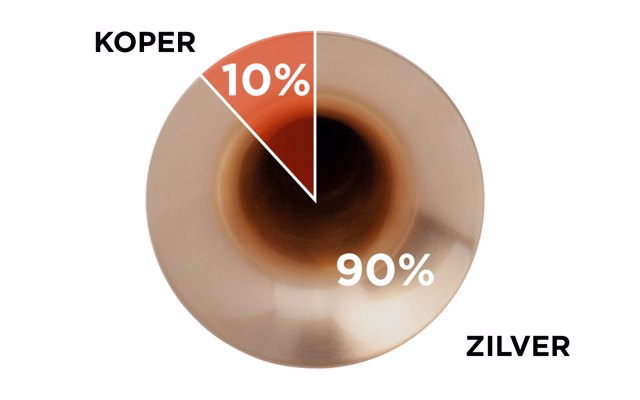
Britannia Silver
Britannia silver is almost pure silver with a little bit of copper to make the material slightly stronger. The sound is just a bit more brilliant in the higher registers compared to sterling silver.
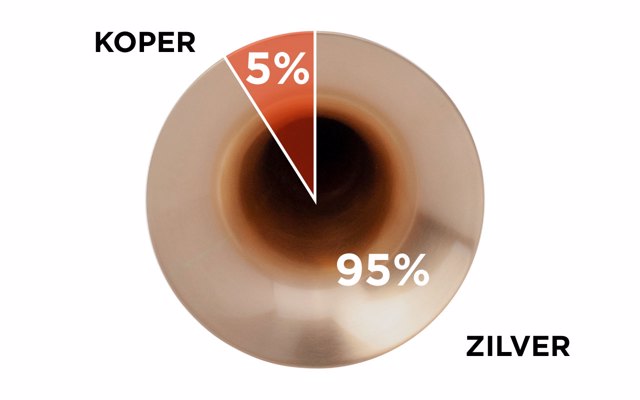
Pure Silver
As the name suggests, pure silver is made of 99.9% silver. Pure silver is too soft to be used for instruments. It is usually used for tone bridges and finishes of instruments.

Bronze
Bronze gives the sound a somewhat darker finish. This is a rarely used material because this sound is only suitable for specific genres and situations.
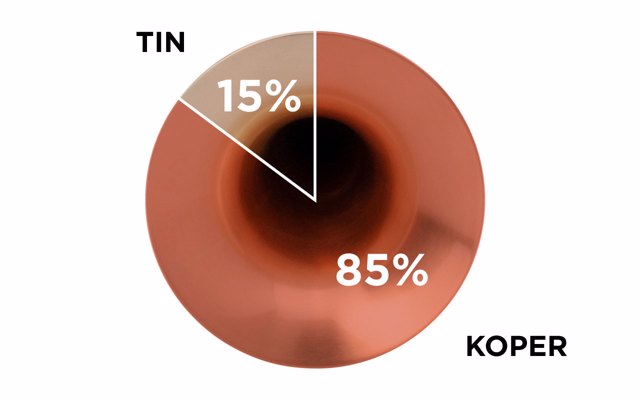
Beryllium
Beryllium is a thin material with approximately the same properties as copper. The difference is that beryllium has a brighter and more resonant dynamic range than copper. This material is great if you're looking for more "sizzle" in your sound.
